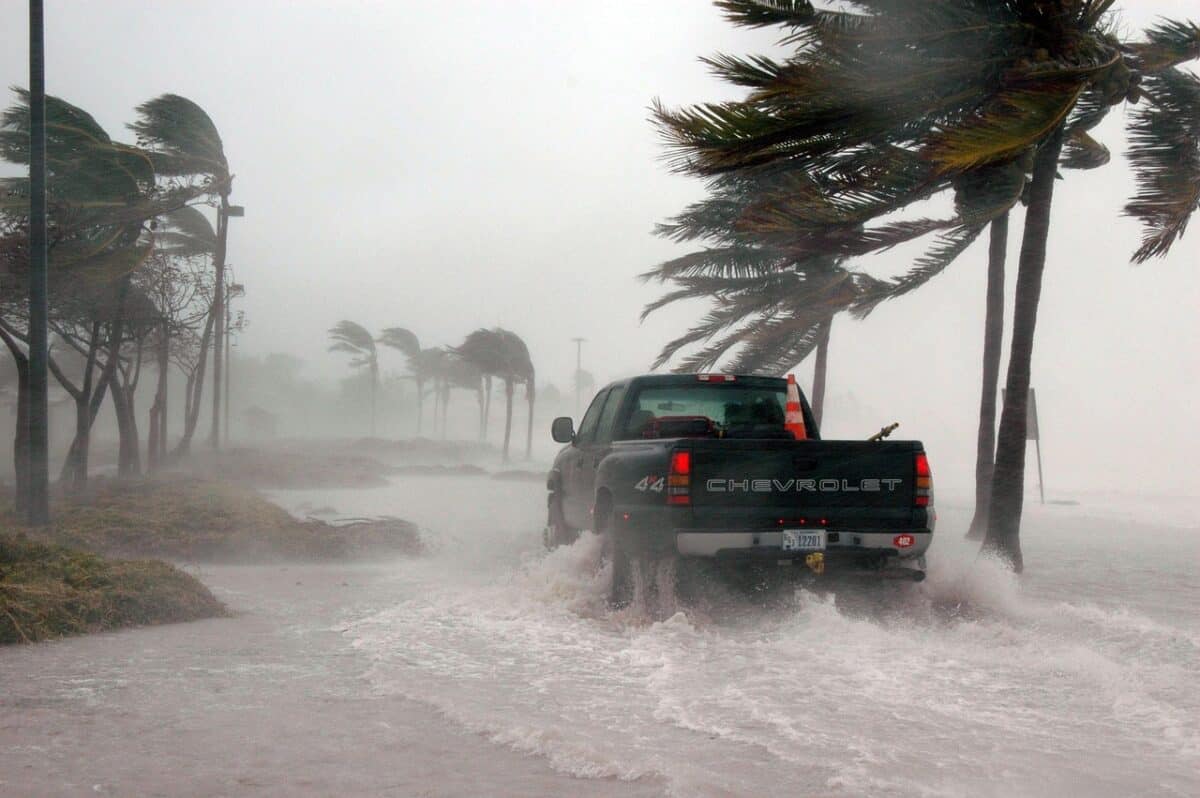Natural events have always fascinated humanity, with the sheer force of nature often leaving lasting impressions on those who witness them. Throughout history, powerful winds have been both destructive and captivating, showcasing nature’s untamed power. In this article, we’ll delve into the 12 most powerful winds ever recorded across America, exploring their causes, impacts, and the unique characteristics that make each event memorable.
12. The Mount Washington Wind Gusts

Mount Washington in New Hampshire is notorious for its extreme weather conditions. On April 12, 1934, the Mount Washington Observatory recorded a wind gust of 231 miles per hour (mph). This record held the title for the fastest gust of wind ever recorded on the surface of the Earth until 1996. The location’s unique geographical features, combined with its elevation of 6,288 feet, create a perfect storm for powerful winds.
11. The Bridge Creek-Moore Tornado
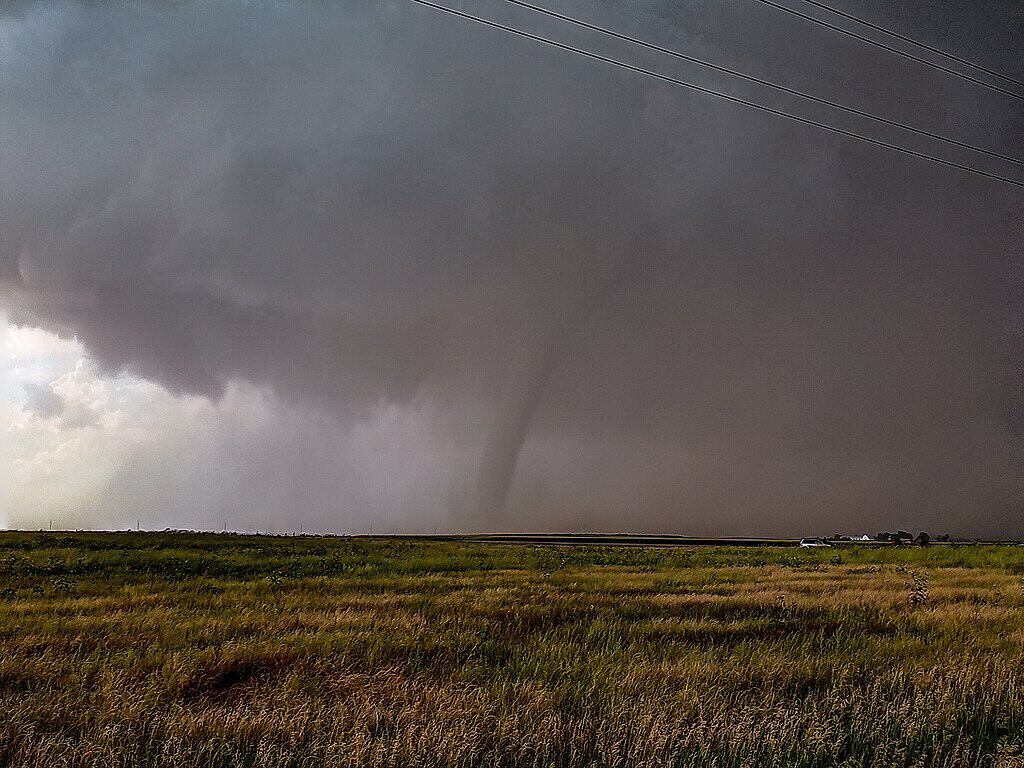
One of the most powerful tornadoes in recorded history struck Oklahoma on May 3, 1999. The Bridge Creek-Moore tornado reached estimated wind speeds of up to 318 mph. This F5 tornado caused extensive damage, destroying homes and infrastructure, and tragically resulting in several fatalities. Such powerful tornadoes are typically spawned from supercell thunderstorms, which feature a rotating updraft known as a mesocyclone.
10. The 1935 Labor Day Hurricane

The 1935 Labor Day hurricane remains one of the strongest hurricanes to ever strike the United States. Making landfall in the Florida Keys, this Category 5 hurricane had estimated sustained winds of 185 mph. The storm’s compact size concentrated its strength, leading to catastrophic damage and loss of life. The hurricane altered the landscape and highlighted the need for better hurricane preparedness.
9. The Palm Sunday Tornado Outbreak

On April 11, 1965, a severe tornado outbreak swept across the Midwest, spawning 47 tornadoes over two days. The fastest winds recorded during this event were within an F5 tornado that hit Indiana, with estimated speeds of 261–312 mph. This outbreak emphasized the destructive potential of tornado clusters, compelling advancements in weather forecasting and warning systems.
8. The 1991 Plainfield Tornado

The Plainfield tornado that struck Illinois on August 28, 1991, remains one of the deadliest and most powerful tornadoes in the state’s history. With estimated wind speeds of over 300 mph, this F5 tornado caused devastation across the Plainfield area, leaving a tragic legacy of destruction and highlighting the need for enhanced alert systems for sudden tornado developments.
7. Typhoon Nancy (1961)
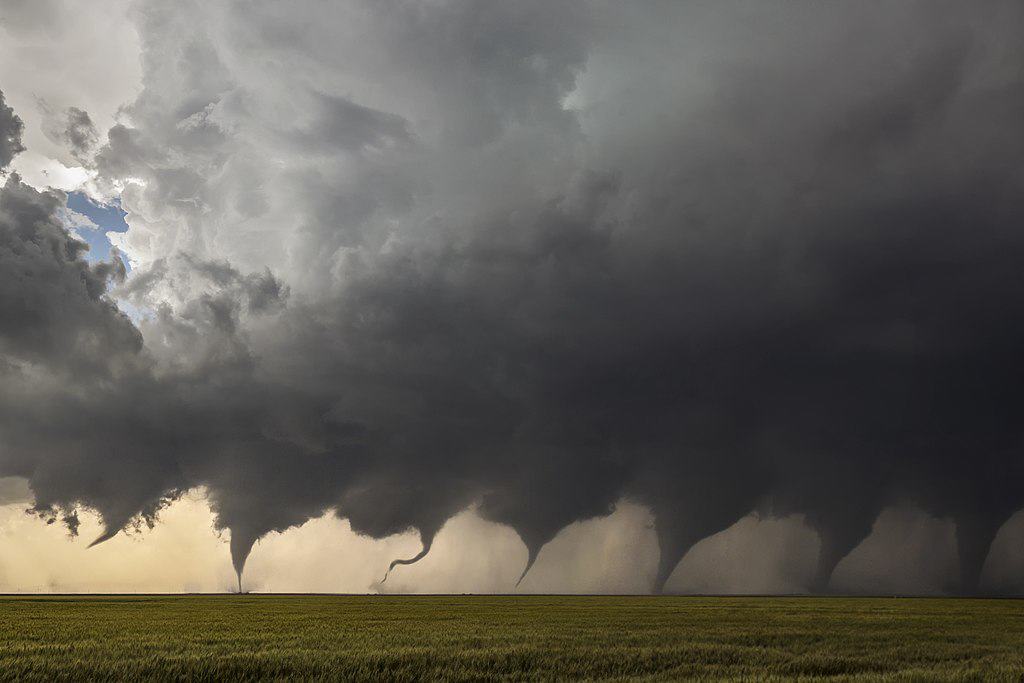
Although Typhoon Nancy never made landfall in the United States, it’s worth mentioning as one of the most powerful tropical cyclones ever recorded. Nancy reached wind speeds of around 215 mph. While primarily affecting Japan, its comparison to American storms has influenced understanding of tropical cyclone intensity and measurement techniques used in the United States.
6. The Southern Plains Derecho of 2020
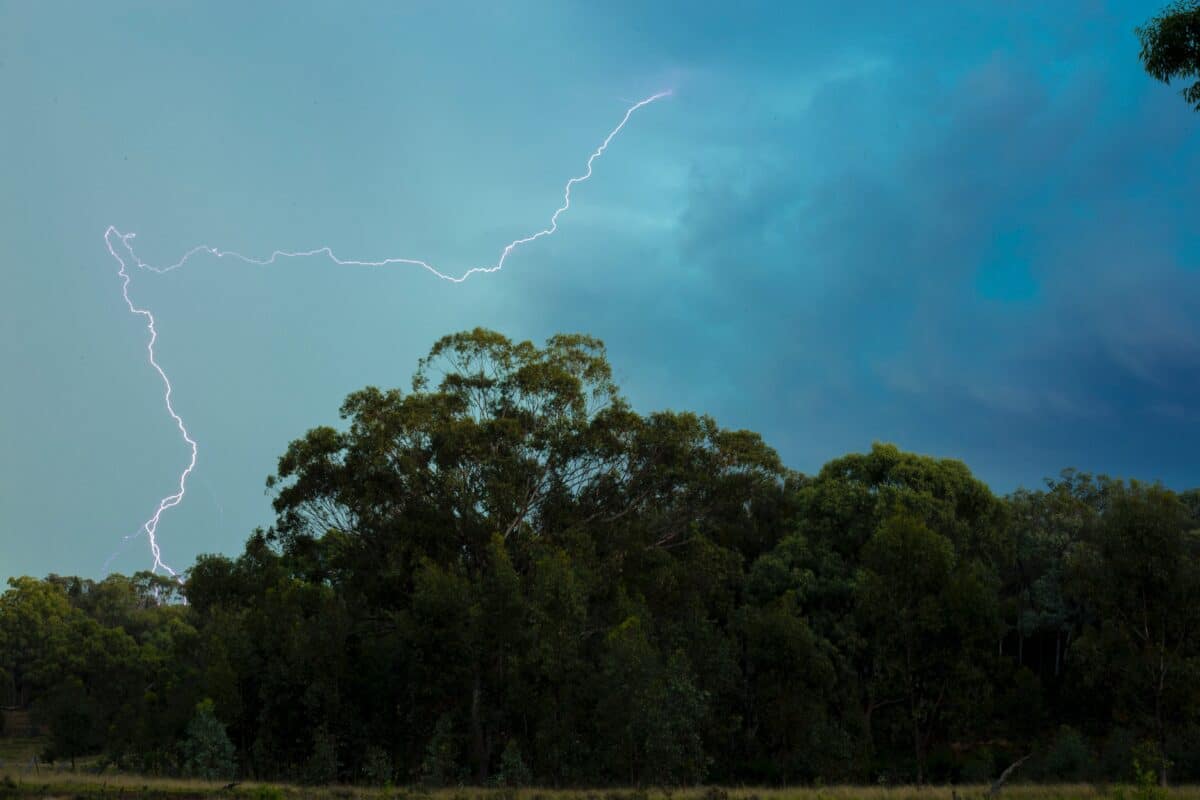
Derechos are large, fast-moving complexes of thunderstorms characterized by strong, straight-line winds. The Southern Plains Derecho of 2020 remains one of the most powerful recorded in the U.S., with wind gusts exceeding 100 mph. The derecho traveled hundreds of miles across the Southern Plains, leaving a path of destruction and showcasing the damage potential of these unique weather phenomena.
5. Hurricane Hugo (1989)

As Hurricane Hugo made landfall in South Carolina on September 22, 1989, it was accompanied by sustained winds of 140 mph and gusts reaching 160 mph. This formidable Category 4 hurricane caused significant damage to the Eastern Seaboard, impacting industries and communities as its powerful winds ripped through the Carolinas and other parts of the Southeast.
4. The 1962 Columbus Day Storm

The Columbus Day Storm of 1962 hammered the Pacific Northwest with exceptional wind speeds. This extratropical cyclone, one of the most powerful non-tropical storms to hit the U.S., caused wind gusts up to 145 mph. Its impact was widespread, causing destruction from Northern California to British Columbia and illustrating the raw power of Pacific Northwest storms.
3. The 2006 El Reno Tornado

The El Reno tornado of 2013 in Oklahoma was reportedly the widest tornado ever recorded, with a width stretching 2.6 miles. Wind speeds were measured at over 296 mph. Its vast size and unprecedented power provided key data for meteorologists, contributing to the understanding of tornado formation and behavior, especially concerning storm chasing safety.
2. Hurricane Andrew (1992)
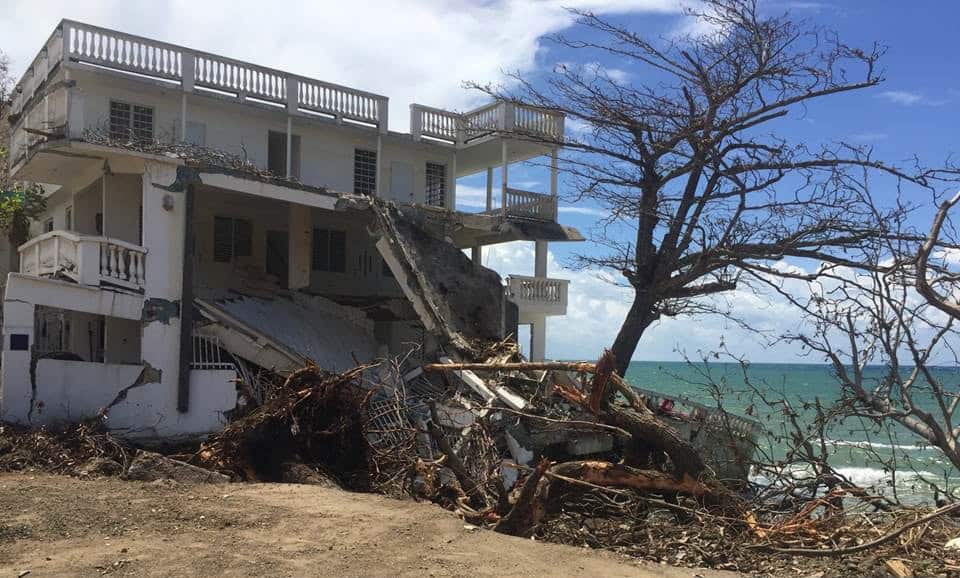
Hurricane Andrew smashed into Florida as a Category 5 storm on August 24, 1992, packing sustained winds of 165 mph. The hurricane proved to be one of the costliest natural disasters in U.S. history, with its high wind speeds causing extensive damage to property and infrastructure, leading to significant changes in building codes and insurance policies.
1. Tropical Cyclone Olivia (1996)
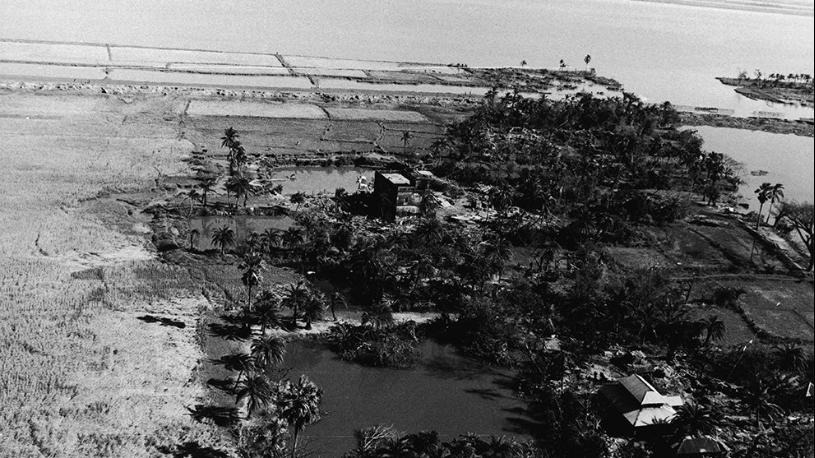
While not directly affecting the U.S., the case of Tropical Cyclone Olivia is crucial for understanding wind records. On April 10, 1996, it set a world record with gusts hitting 254 mph on Barrow Island in Australia. This record surpassed Mount Washington’s, influencing how wind extremes are evaluated and recorded, indirectly affecting meteorological practices worldwide, including the U.S.
Conclusion

In conclusion, the most powerful winds across America demonstrate nature’s unpredictable and often devastating power. Each of these events has contributed to a deeper understanding of wind phenomena, driving advancements in meteorological science and pushing the boundaries of what we know about our planet’s atmospheric dynamics. By learning from past events, we can better prepare for the future, striving to mitigate the impacts of these awe-inspiring yet dangerous natural occurrences.
- 13 Most Aggressive Mammals in the Wild - August 24, 2025
- 10 Behaviors That Keep Eagles Healthy And 3 That Shorten Lifespan - August 24, 2025
- 13 Wildest Animal Migration Journeys - August 24, 2025

